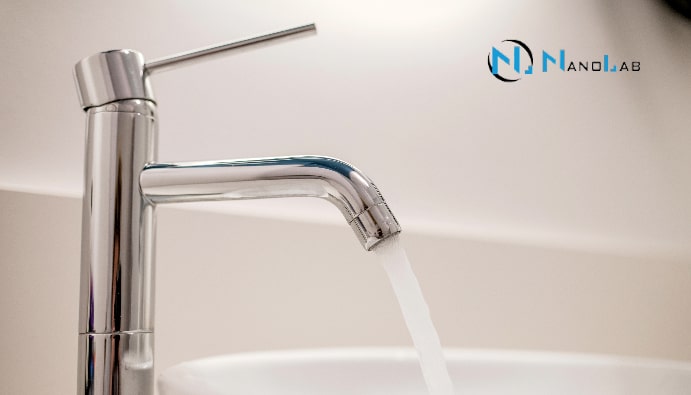Determination of Total Chlorine in Water: Quality Tests
Total Chlorine Determination

What is Total Chlorine?
Chlorination of water supplies has been used for disinfection purposes for many years. Although the pros and cons of this method are debated, it is widely used in water disinfection. Chlorine is added to water mostly in gaseous form, as sodium or calcium hypochlorite.
Total chlorine in water refers to the sum of free chlorine (hypochlorous acid and hypochlorite ions) and bound chlorine (organic and inorganic chlorinated compounds such as chloramines). Chlorine is often used for water disinfection and is an important parameter to ensure water quality. However, too much chlorine in water can lead to environmental problems and health risks. Therefore, the determination of total chlorine is critical for water quality management.
Chlorine residue in water is an indication that it is added to neutralize various bacteria and some viruses. Chlorine added to water is referred to as:
- The chlorine requirement of water: When chlorine is added to water, some of the chlorine first reacts with organic substances and metals in the water and is not used for disinfection.
- Total chlorine: The chlorine concentration remaining after the chlorine requirement is calculated.
Total chlorine is divided into two:
1) Combined chlorine: Amount of chlorine that reacts with nitrates and is not available for disinfection
2) Free chlorine: The amount of chlorine available to neutralize disease-causing organisms
Importance of Total Chlorine Determination in Water
- Monitoring of Disinfection Processes: Chlorine used in water disinfection is highly effective in neutralizing microorganisms. Total chlorine determination is done to check the effectiveness of the disinfection process and whether the chlorine level is within the safe range.
- Ensuring Drinking Water Quality: Total chlorine should be within safe limits in drinking water. High chlorine levels pose a health risk, while low levels may indicate inadequate disinfection.
- Wastewater Management: Chlorine concentrations in water discharged from wastewater treatment plants must be kept within certain limits to prevent harm to the environment. Total chlorine determination is performed to verify that these limits are not exceeded.
- Industrial Processes: Controlling the chlorine level of water used in industrial processes can affect equipment corrosion and product quality. Therefore, total chlorine analysis has a critical place in industrial water management.
Total Chlorine Determination Methods in Water
Total chlorine analysis in water is performed using various methods to obtain precise and accurate results. The most common methods are the following:
- Titrimetric Method: In this method, chlorine in water reacts with iodide ions to release iodine. The released iodine is titrated with a starch indicator and the amount of chlorine is determined.
- Colorimetric Method: In this method, chlorine in water forms a colored compound with a reagent. The color intensity is directly proportional to the chlorine concentration and is measured with a spectrophotometer.
- Amperometric Titration Method: In this method, the current passing between the electrodes is related to the amount of chlorine. Total chlorine content is determined by amperometric measurement.
- DPD (N, N-Diethyl-p-phenylenediamine) Method: DPD reagent reacts with chlorine to produce a pink color. The intensity of the color is measured spectrophotometrically. It is widely used in both free and total chlorine measurement. Field measurements can be made with portable devices.
- Electrochemical Methods: Electrochemical sensors are used to determine the chlorine concentration. Generally suitable for field analysis.
Total Chlorine Limits in Drinking Water:
- The World Health Organization (WHO) limits the total chlorine level in drinking water to 5 mg/L.
- The recommended total chlorine level for drinking water in Turkey is generally in the range of 0.2-0.5 mg/L.
Chlorine Limits in Wastewater Discharge:
- Total chlorine levels for wastewater should generally not exceed 1 mg/L.
Nanolab Laboratories Group continues to provide services within the scope of Total Chlorine
Determination in Water. We also provide services in Pool Water Analysis.
Contact us for more information.
You can follow us on LinkedIn for up-to-date news and posts about our services.
Follow our Instagram account to be informed about our latest blog posts.

